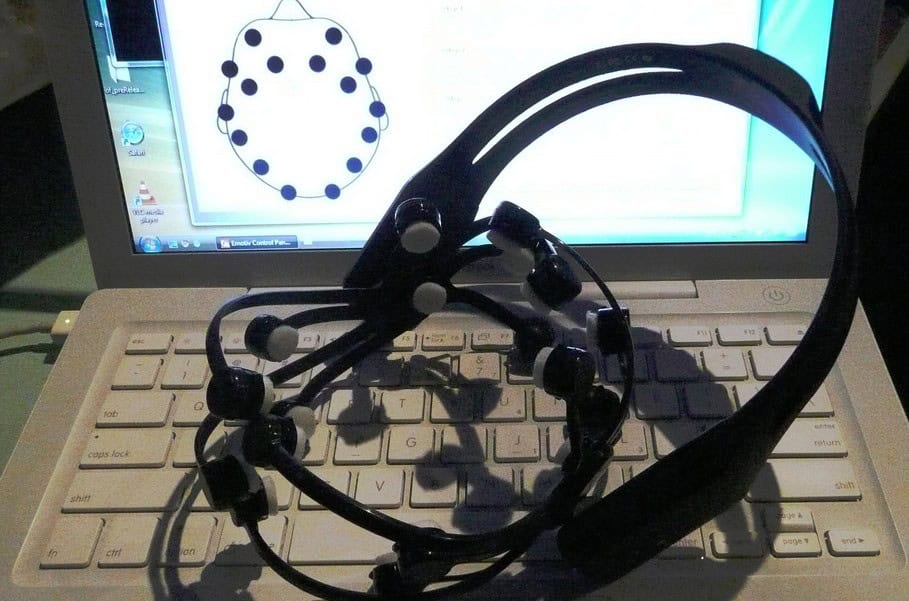Tan Le was born in South Vietnam and at the age of 4 she traveled to Australia from Vietnam, she along with her sister, mother, grandmother went to Australia for living a better life. She and her family had spent five days crossing the South China Sea by boat along with 150 others, were rescued by a British oil tanker and then lived in a refugee camp in Malaysia for three months.
Now she is 41 and is the successful chief executive and founder of Emotiv, a brain research company that has developed technology that lets people do things such as control a car using their mind.
Le began university studies at the age of 16 and went on to complete a bachelor’s degree in law and commerce in 1998 at Monash University. Le’s story was featured in the ‘Hope’ section of the Eternity Exhibition of the National Museum of Australia. Le has been featured in “Who’s Who in Australia” List since 1999 and “Who’s Who of Australian Women” List in 2007 & 2008.

Emotiv inc., a privately held bio-informatics and technology company developing and manufacturing wearable electroencephalography (EEG) products including neuroheadsets, SDKs,[expand acronym] software, mobile apps, and data products. It was founded in 2011 by Tan Le and Geoff Mackellar, the company has a headquarter in San Francisco, U.S.A. with facilities in Sydney, Hanoi, and Ho Chi Minh City.
In 1998, Le was named Young Australian of the Year and voted one of Australia’s 30 Most Successful Women Under 30. As president of the Vietnamese Community of Footscray Association, she made a number of contributions to charities and newspapers throughout Melbourne.
In 2017, Rodrigo Hubner Mendes, a Formula One racer used this technology from Emotiv to drive his car, by using an onboard computer that translated his thoughts into commands in the vehicle. The founder of Rodrigo Mendes Institute, Rodrigo Mendes, has explained that the team used a computer device to map the electricity of the brain, meaning that thoughts or brain patterns could be associated with different commands.

They used machine-learning to measure those impulses and then translate those patterns into commands or into meaning. First, you need to save the different commands from your brain into the device by thinking of something for a particular action. For an instance, to accelerate, you need to think of something and your brain will release some sort of patterns and that set of patterns will be saved and then while driving if you want to accelerate then think of the same thought and your car will speed up. Similarly, for different actions, you need to save different commands from your brain.
SIASAT NEWS.

